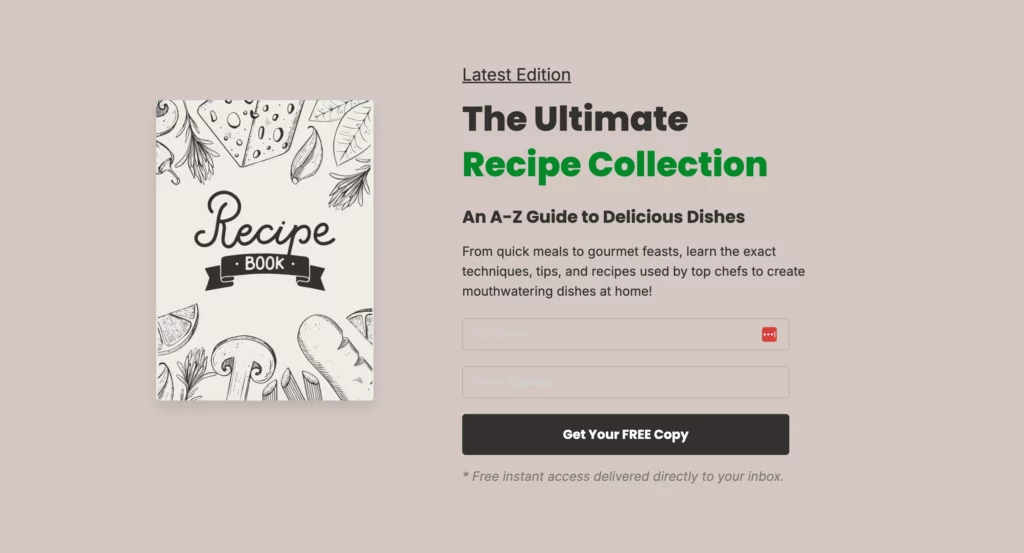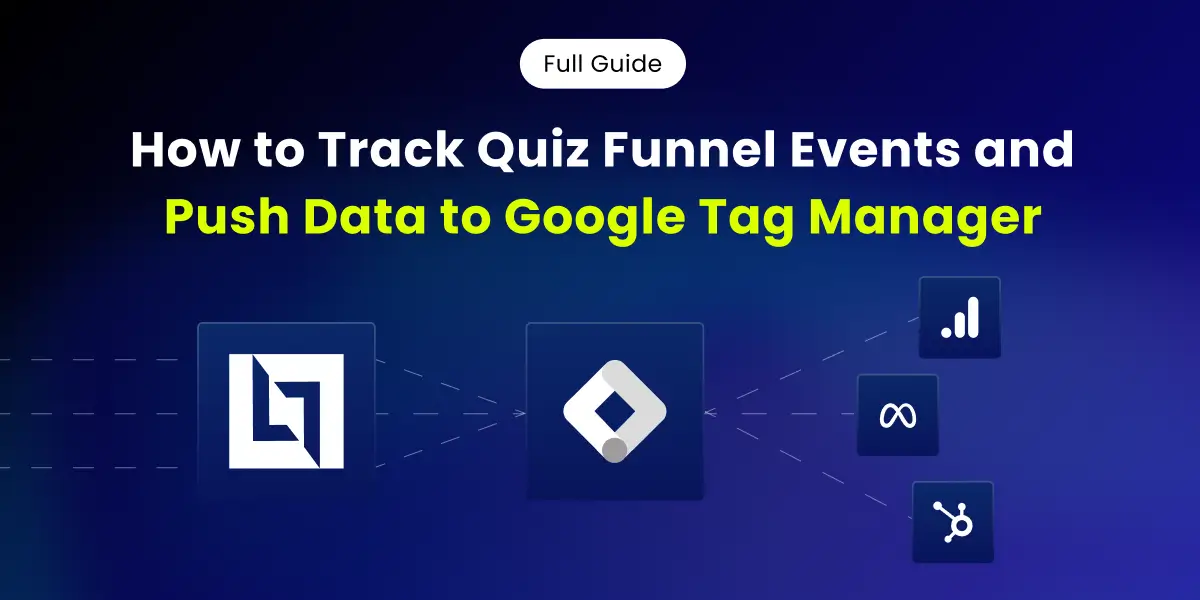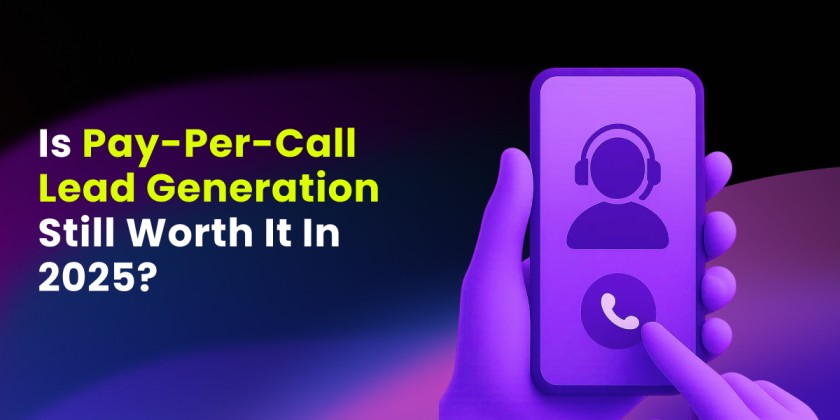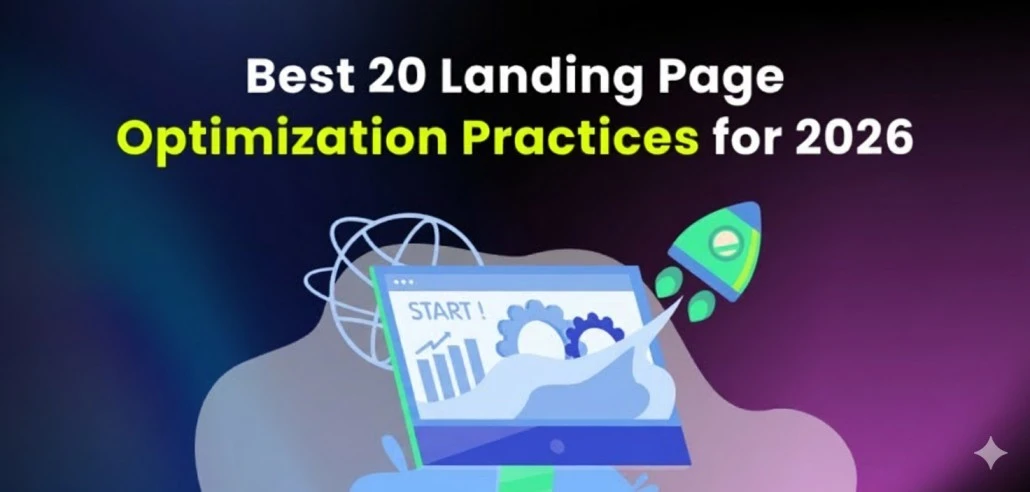It’s important for anyone running a digital marketing campaign to understand the subtle differences between a favorite page and a landing page.
While superficially similar, these pages differ in function, structure, and purpose. Knowing when to use each can have a significant impact on marketing results.
This article explains the key differences between squeeze pages and landing pages and discusses how to use them effectively for your marketing goals. Let’s dive into the comparison of a squeeze page vs landing page.
Squeeze pages focus on maximizing lead acquisition
Squeeze pages are specifically designed for a single purpose – to collect visitors’ contact information (usually email addresses).
These pages are designed to capture leads without distractions that distract visitors from the main goal.
Instead of overwhelming visitors with multiple calls to action, squeeze pages present a direct and organized message focused solely on encouraging email opt-ins. A simple design is very effective for top-of-funnel campaigns.
But simplicity doesn’t mean that squeeze pages are an afterthought. Creating an effective squeeze page requires careful planning.
You need to identify exactly what your audience values and present it in a way that cannot be ignored. Offers such as exclusive content, free downloads, and early access tend to be the most effective.
More importantly, a cramped page doesn’t allow for much exploration. It’s either yes or no, with little room for indecision.
Landing pages: a broad tool for conversion
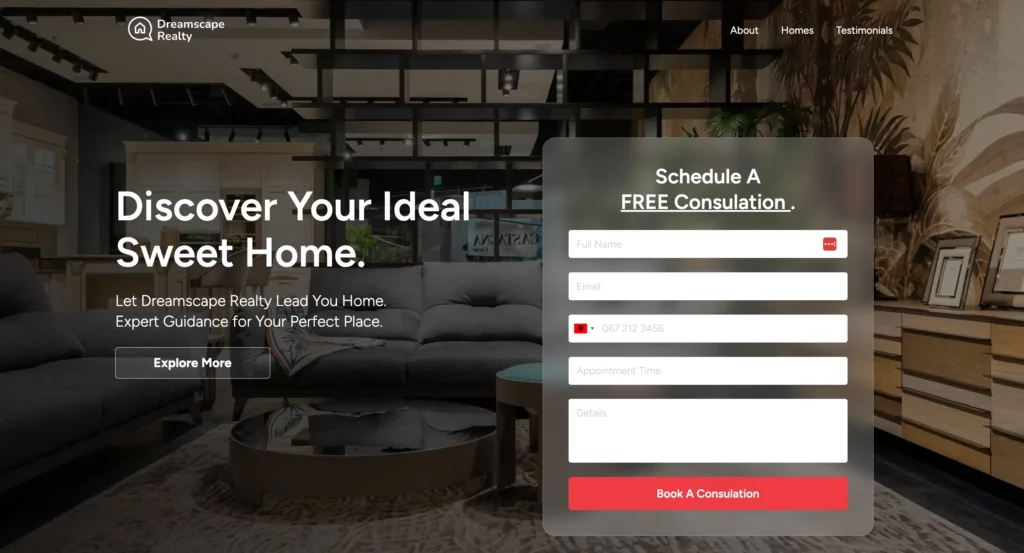
In contrast, landing pages serve a different function. These pages usually handle more complex conversions, such as signing up for a demo, registering for a webinar, or purchasing a product. Due to the nature of landing pages, they can contain more information.
This is because landing page visitors are usually deeper in the sales funnel and want more detailed information to help them in the decision-making process.
Unlike squeeze pages, landing pages can include customer testimonials, product breakdowns, demo videos, and detailed descriptions of services offered.
While landing pages should have a clear conversion goal, they should also provide enough context for visitors to take the next step with confidence.
For example, someone landing on the landing page of a new software product will want to see the benefits of the product through case studies and reviews before committing to a purchase or trial.
The extra information reduces anxiety and hesitation and increases the likelihood of conversion.
Design Differences: Simple vs Detailed
The design of squeeze pages and landing pages plays an important role in their effectiveness. Squeeze pages are deliberately simplified; they contain only a headline, a brief description of the offer, and a form to capture email addresses.
They often have a sense of urgency, such as a time-limited offer or exclusive content available only to subscribers.
Landing pages, on the other hand, can be designed with more elements and visuals to support the decision-making process.
A well-structured landing page builds trust through layers of information and often leads visitors through a process of learning, understanding, and ultimately conversion.
Design Principles for Squeeze Pages
– Minimize distractions: only one call to action, usually a form field.
– Short, attractive texts, enough to convince the visitor to take action.
– Strong visuals or clear headlines that immediately convey the value of the offer.
– A contrasting CTA button that stands out and attracts attention.
Landing Page Design Principles
– Details: Highlight benefits, features and use cases. – Include multiple sections, often with visuals, social proof, and trust signals.
– Clear conversion goals and supporting CTAs strategically placed throughout the page.
– Options for deeper exploration of products and services to drive deeper engagement.
Goals and Strategies: How to Use Each Page
The choice between squeeze pages and landing pages depends on what stage your audience is in.
When to use a squeeze page?
1. Squeeze pages are ideal if the focus is on building an email list or if the goal is to capture new leads, such as when launching a newsletter
2. Top-of-funnel campaigns. Squeeze pages are ideal for attracting people who are just starting to engage with your brand. They’re looking for something ready to go, like a free ebook or trial, but they’re not ready to buy yet.
3. Minimize distractions. If a campaign is based on a single action (collecting email addresses, for example), a focused squeeze page can eliminate confusion and decision paralysis, leading to higher conversions.
When to use a landing page
1. When more description is needed. When dealing with mid-funnel leads that require more content before conversion, landing pages provide space for more explanation.
2. When decision-making is complex. Whether you’re selling a product, offering a course, or encouraging visitors to register for an event, landing pages offer the flexibility to answer objections or provide additional information.
3. Nurture existing leads. If visitors already know your brand but need convincing to take the next step, a landing page can guide them through the decision-making process.
Optimizing for Conversion: Practical Tips
Understanding the difference between squeeze pages and landing pages is just the beginning. There are a number of strategies that should be implemented to ensure that both work effectively:
1. Always test: Whether it’s your headline, CTA, or images, testing different variations will reveal what resonates most with your audience. A/B testing on both favorites and landing pages is crucial for increasing conversion rates.
2. Use strong copywriting: Concise, benefit-oriented copy is essential on favorite pages. In contrast, landing pages can be more detailed but should still focus on guiding visitors to the conversion goal. Avoid drowning in unnecessary jargon.
3. Mobile optimization: Whether it’s a favorite page or a landing page, being mobile-friendly is non-negotiable. As more and more users are using mobile devices, make sure pages load fast and forms are easy to fill out even on small screens. Read more about the importance of mobile responsive landing pages in 2024.
4. Personalization and dynamic content: For dynamic content, especially on landing pages, consider customizing messages based on where visitors are coming from and their past interactions with your brand. These types of personalized experiences can dramatically increase conversion rates.
5. Visual cues: Both squeeze and landing pages are effective when there are visual cues that direct the visitor’s eye to the main CTA. This can be achieved through directional arrows, strategic placement of images, or the use of contrasting colors.
Final Verdict: Squeeze page vs Landing Page
The success of a digital marketing campaign often depends on how well you understand the tools.
Squeeze pages and landing pages may seem like similar components of the funnel, but their roles are distinctly different.
By properly utilizing squeeze pages to capture leads and landing pages for in-depth conversions, campaigns can be fine-tuned and see measurable performance improvements.
Rather than taking a one-size-fits-all approach to your marketing pages, consider where your target audience is and what level of information they need.
By aligning your pages with these factors, you can create a more effective path to conversion and achieve your marketing goals more efficiently.
You can create squeeze pages and landing pages on Landerlab without writing any code. Try Landerlab free for 7 days

